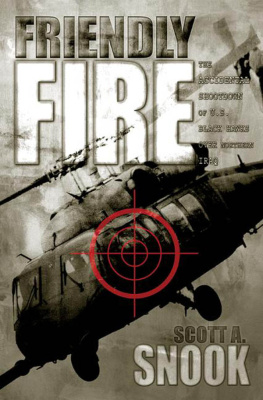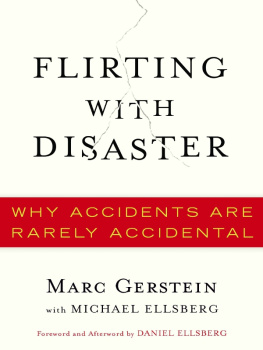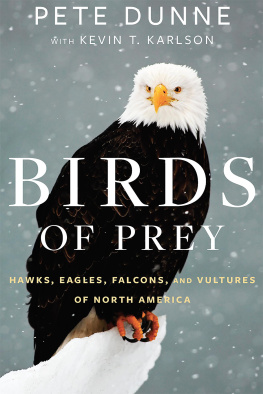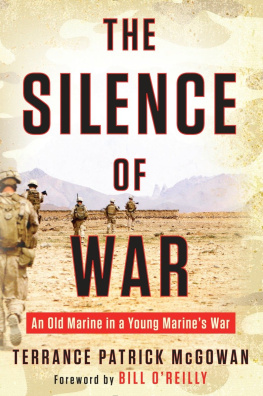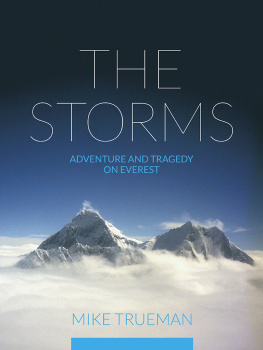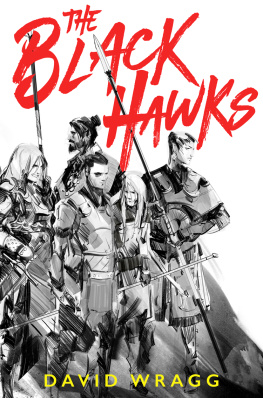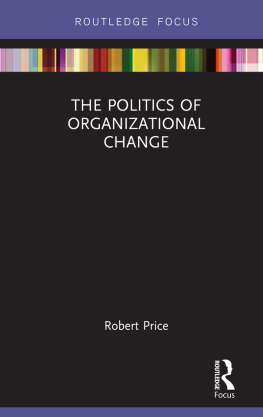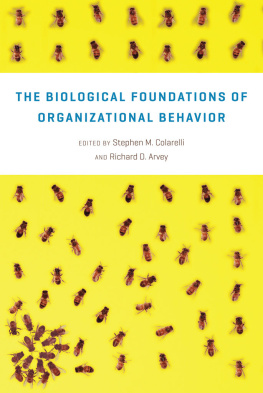Scott A. Snook - Friendly Fire: The Accidental Shootdown of U.S. Black Hawks over Northern Iraq
Here you can read online Scott A. Snook - Friendly Fire: The Accidental Shootdown of U.S. Black Hawks over Northern Iraq full text of the book (entire story) in english for free. Download pdf and epub, get meaning, cover and reviews about this ebook. year: 2011, publisher: Princeton University Press, genre: Romance novel. Description of the work, (preface) as well as reviews are available. Best literature library LitArk.com created for fans of good reading and offers a wide selection of genres:
Romance novel
Science fiction
Adventure
Detective
Science
History
Home and family
Prose
Art
Politics
Computer
Non-fiction
Religion
Business
Children
Humor
Choose a favorite category and find really read worthwhile books. Enjoy immersion in the world of imagination, feel the emotions of the characters or learn something new for yourself, make an fascinating discovery.
- Book:Friendly Fire: The Accidental Shootdown of U.S. Black Hawks over Northern Iraq
- Author:
- Publisher:Princeton University Press
- Genre:
- Year:2011
- Rating:3 / 5
- Favourites:Add to favourites
- Your mark:
Friendly Fire: The Accidental Shootdown of U.S. Black Hawks over Northern Iraq: summary, description and annotation
We offer to read an annotation, description, summary or preface (depends on what the author of the book "Friendly Fire: The Accidental Shootdown of U.S. Black Hawks over Northern Iraq" wrote himself). If you haven't found the necessary information about the book — write in the comments, we will try to find it.
On April 14, 1994, two U.S. Air Force F-15 fighters accidentally shot down two U.S. Army Black Hawk Helicopters over Northern Iraq, killing all twenty-six peacekeepers onboard. In response to this disaster the complete array of military and civilian investigative and judicial procedures ran their course. After almost two years of investigation with virtually unlimited resources, no culprit emerged, no bad guy showed himself, no smoking gun was found. This book attempts to make sense of this tragedy--a tragedy that on its surface makes no sense at all.
With almost twenty years in uniform and a Ph.D. in organizational behavior, Lieutenant Colonel Snook writes from a unique perspective. A victim of friendly fire himself, he develops individual, group, organizational, and cross-level accounts of the accident and applies a rigorous analysis based on behavioral science theory to account for critical links in the causal chain of events. By explaining separate pieces of the puzzle, and analyzing each at a different level, the author removes much of the mystery surrounding the shootdown. Based on a grounded theory analysis, Snook offers a dynamic, cross-level mechanism he calls practical drift--the slow, steady uncoupling of practice from written procedure--to complete his explanation.
His conclusion is disturbing. This accident happened because, or perhaps in spite of everyone behaving just the way we would expect them to behave, just the way theory would predict. The shootdown was a normal accident in a highly reliable organization.
Scott A. Snook: author's other books
Who wrote Friendly Fire: The Accidental Shootdown of U.S. Black Hawks over Northern Iraq? Find out the surname, the name of the author of the book and a list of all author's works by series.

